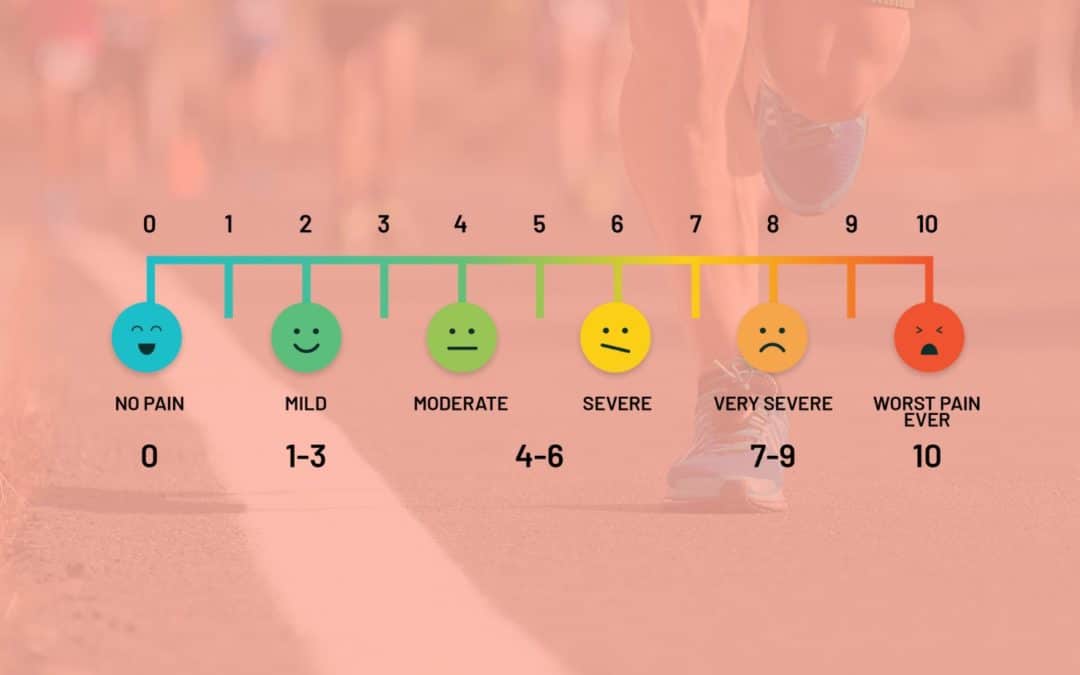Quick Navigation
- Introduction
- What is the Anaerobic Threshold?
- How to find the Anaerobic Threshold?
- Do all sports train the Anaerobic system?
- What is the difference between Anaerobic Threshold, MLSS, and CP?
- How can we track changes over time?
- How much is the Anaerobic Threshold supposed to change over time?
- What types of workouts can I do to improve my anaerobic threshold?
- Health Benefits of Anaerobic Training
- Sample Anaerobic threshold workouts!
- Conclusion
- Additional resources
- References
Do I need lactate threshold and VO2max testing?
Lactate and VO2max testing are two popular methods used to assess the fitness and performance of runners. These tests provide valuable information that can help athletes understand their physiological capabilities and identify areas for improvement. Lactate testing measures the point at which lactate begins to accumulate in the muscles during exercise, known as the lactate threshold. VO2max testing, on the other hand, measures the maximum amount of oxygen that an athlete can consume during exercise. While both tests are useful for assessing running performance, they have some downsides too – like high cost, low availability, and an over-reliance on tech when most runners need to rely on feel. Understanding the benefits and limitations of each testing method can help runners determine which one is best suited for their individual needs.
Our seasoned vet coach, Rick Canning, had a few thoughts on this topic, so this is a blog on his opinion of the subject. If you’re interested, we also introduced a hot-take on the subject on social media this past week. Review that post HERE.
After reading this blog, if you still need help with your training, injury rehab, or performance, reach out to us at Vital Strength Physiology HERE.
Are you using heart rate zones?
Runners love training zones.
A lot of runners buy a watch and input their age and use that to set up their heart rate zones. Some of those runners learn that they can pay to be tested in a lab and think that they may not fit the 220- your age equation. Which may or may not be true. The 220-your age equation is pretty inaccurate after all and yes you should probably do some sort of regular testing to dial things in. But Does it need to be done in a lab? Probably not. For most of us you can get very accurate results from going out and running a 20 min threshold test on your own and measuring your heart rate then multiplying by 0.95 to get your threshold (the factor may vary a little depending on your experience level. But that will get you pretty darn close.
Isn’t getting tested in a lab more accurate? Yes it is! But do you really need that level of accuracy? Probably not. Just because you can pay somebody money to do it for you doesn’t mean that you need it, and that is going to make you any better of a runner than someone who determined their data with a 20 min field test. Also unless you’re actually planning for this test in your training, and showing up and trading it like a well rested race, you’re probably not going to get the best results. Also running with a tube in your mouth to get VO2max testing done is probably not all that much fun in a hot lab either. If you’re an elite level athlete, knowing your zones to the most accurate degree might make the difference between an Olympic goal medal and not making the final, then it probably makes sense.
The importance of technology
To be honest we as runners place way to much importance on technology. Yes technology can be helpful, but paying for technical solution over analogue free test that is going to be more than accurate enough to provide you with everything that you need is not going to make you a better runner. So why do we think that we should get tested if we are going to be good runners? I honestly think it is a culture thing. I know when I was pretty new to running I learned that people in the run group were getting it done and saw other runners touting it on social media they got there zones tested. mostly an ego thing. It certainly sounds good doesn’t it! Is it wrong to get tested? No! It just probably is not going to be the silver bullet solution to your training that you are hoping for.
What’s more important than how you end up at these numbers for your zones is how you use them. We have all been out there on a run and you are constantly checking your watch to make sure you are running at a good enough pace or your heart rate is exactly where it is supposed to be. That more often than not takes the joy out of training and also leads to poor training and racing decisions because we runners have mostly all skipped the most important step where we actually learn to understand our bodies and how to interpret all of the information they tell us while we are running.
Coaching Insights
I’ve been coaching for a pretty long time now going on more than 8 years and I’ve found that knowing your zones doesn’t magically fix poor training. Why? Because the number one thing that most runners get wrong is they are running their easy runs too hard. For most that doesn’t change when they learn what their zone 2 is. There are two main reasons for that. One common response is that they can’t physically run slow enough to be in zone 2 which in 95% of cases is not true and it’s more of an ego thing.
The other mistake that I see a lot is now that runners now the upper limit of zone 2 they run to the maximum of the zone all of the time. No difference between a recovery run, a regular easy endurance run and a long hard effort. There is a ton of range in Zone 2!! You don’t have to run max zone 2 all the time.
ALSO you don’t actually need to know your zones to fix this problem! What!? You can tell that you are going easy enough just by listening to your breathing. A really easy run you can comfortably breath in for 4 steps and then breath out for 4 steps. Still going easy but going a bit harder? Your breathing shifts to in for 3 steps out for 3 steps. How do you know if you’re going too hard? When your breathing goes relaxed to labored in the 3-3 breathing pattern. It doesn’t get more low tech than that! And it actually correlates pretty close with lab testing. Now that is cool! Not even a heart rate monitor or a gps watch required for that! That’s what we call training by RPE and it may be super low tech, but it has really high value in terms of getting the most out of your training.
What SHOULD I pay attention to?
Now here is where you probably should pay attention. All those magical zones that you know now do not actually define a hard stop in one physiological system working and another one taking over. There is actually an overlap. So just because your heart rate floated up to zone 3 in your zone 2 workout does not mean the world is ending.
Focus on the things that actually matter in your training, lots of running that is actually easy, consistently training and getting your workouts in week after week, month after month and yes year after year. And then add some intensity to your program, make sure you are running it hard enough and doing enough of it that its actually going to cause your body to adapt, but don’t do too much. Then invest in things that are actually going to move the needle forward for you. Take some time and learn about how to train right, but do it from a reputable source, not a deep dive on you tube. If you want to do it yourself the best thing you could do is to take an accredited coaching program and learn it all straight from the source, or hire a coach who knows their stuff to help you out!
Just because you can pay more for something does not mean it should, or that because it costs more it is going to have a greater impact on your training.

More About The Author
Rick Canning
Since 2015, Rick has provided science-based endurance coaching for athletes of all levels, specializing in trail running and ultra distances. With a background in engineering and certifications in marathon and ultra running, he brings a practical approach to helping athletes tackle ambitious goals, from personal bests to podium finishes. Rick has coached runners, cyclists, and triathletes, with notable successes like a 100% finish rate at the Capes 100 and guiding an athlete to complete the UTMB 160k. His philosophy emphasizes curiosity and sustainable training that fits into athletes’ lives, prioritizing their happiness.

